Aquatic Plant Identification
The purpose of this section is to help you identify the type of aquatic plants that may be growing in your lake or pond. There are four broad general categories; Submersed, floating, emergent, and algae.
Keep in mind that not all aquatic plants are bad. Yes, some such as hydrilla, fall into the noxious weed category. In fact, hydrilla is a non-native or “exotic” weed species considered quite undesirable. Other plants shown here may be native plants and are only considered undesirable when they are growing out of control or in places they are not wanted. Examples could be cattails, coontail and water lilies. In fact, many native species are considered desirable, especially since they can provide many benefits such as wildlife shelter and food, fish and fish food organism cover, absorption of undesirable nutrients, soil stabilization and aesthetics. Some native aquatic plants may even be protected.
Before attempting to control or remove any aquatic plants, we suggest that you contact Aquagenix who can identify the “good guys” and “bad guys” and make recommendations that will help you with any problems and at the same time protect the aquatic environment of your valuable lake or pond.
Submersed Plants
These plants are completely underwater and are generally rooted in the bottom sediment. If flowers exist, they may extend above the surface of the water. This group includes many introduced or exotic species that grow prolifically and are considered to be problematic. Theses include hydrilla, Brazilian elodea, slender pondweed, curly-leaf pondweed, slender naiad and Eurasian watermilfoil.
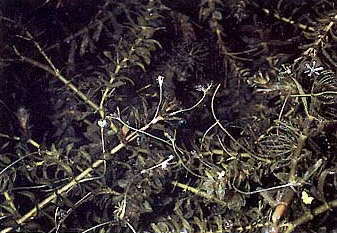
HYDRILLA
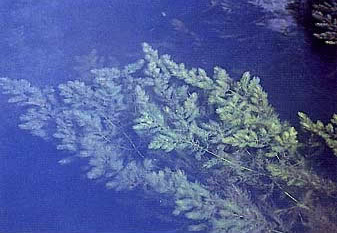
Coontail
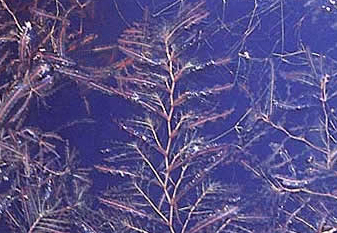
Curly-leaf Pondweed
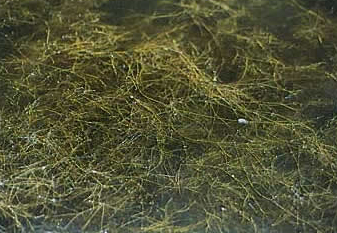
SLENDER PONDWEED
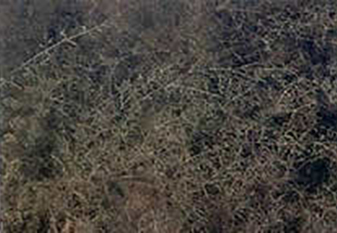
Naiad / Southern Naiad
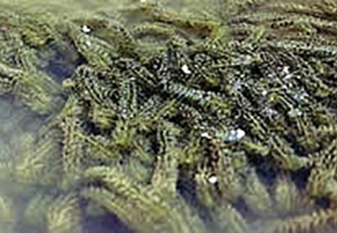
Egeria / Brazilian Elodea
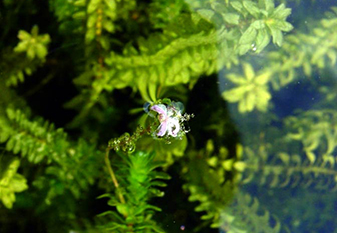
Elodia
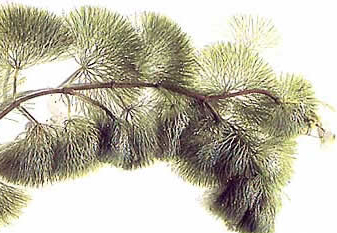
Fanwort / Cabomba
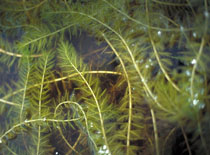
Eurasian Watermilfoil
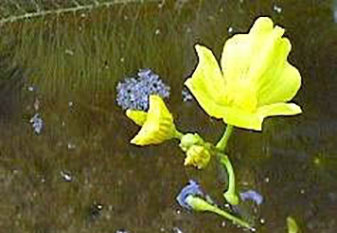
Bladderwort
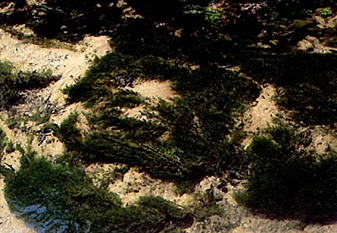
Chara
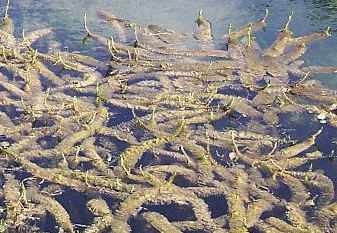
Variable-leaf Watermilfoil
Floating Plants
These plants either float freely on the surface, deriving their nutrients directly from the water or they have leaves that float on the surface and are rooted in the bottom sediment. Examples include duckweed, watermeal, azolla, water hyacinth, and water-lily.
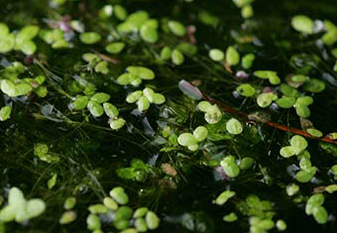
Duckweed
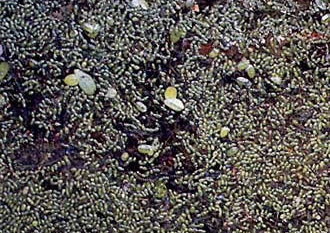
Watermeal

Salvinia / Water Fern
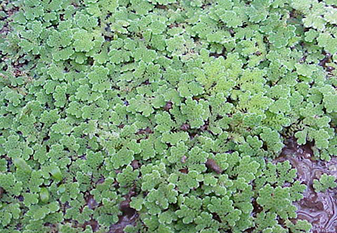
Azolla / Mosquito Fern
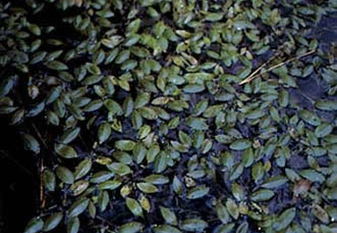
Variable-leaf / Pondweed
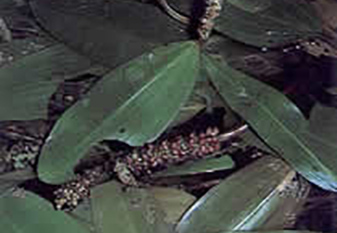
American / Longleaf Pondweed
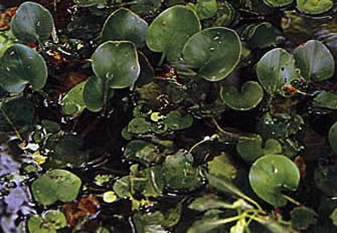
Frog's Bit
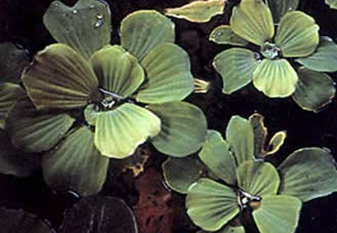
Water Lettuce
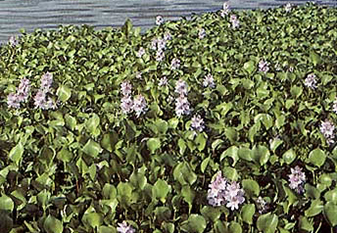
Water Hyacinth
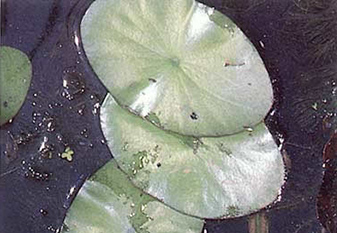
Watershield
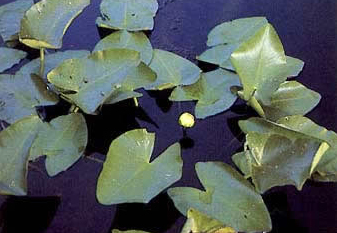
Spatterdock
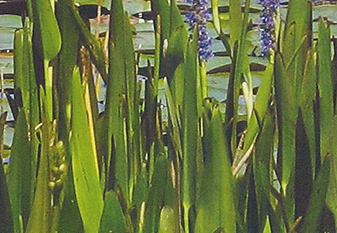
Fragrant Water Lilly

Floating Hearts
Emergent
These plants have most or all of their vegetative and flowering parts above the surface of the water or on the shoreline. They grow in shallow areas and banks of lakes, ponds, rivers and ditches. This group is also referred to as shoreline and wetland plants. Generally rigid, these plants do not need water for support. Many are not considered truly aquatic but can survive submerged in water or in saturated soils for extended periods of time. Plants in this category include cattails, alligatorweed, torpedograss, smartweed, purple loosestrife, arrowhead and pickerelweed.
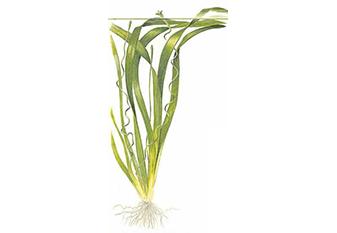
Tape Grass / Vallisneria
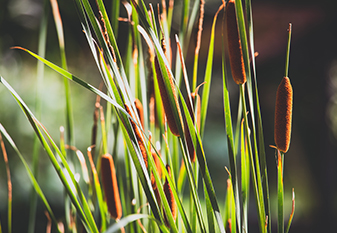
Cattails
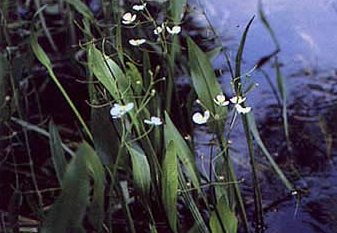
Arrowhead
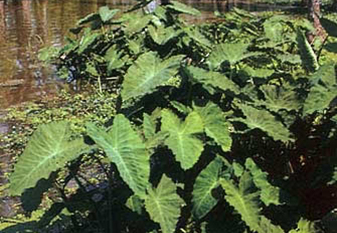
Elephant Ear / Wild Tarro
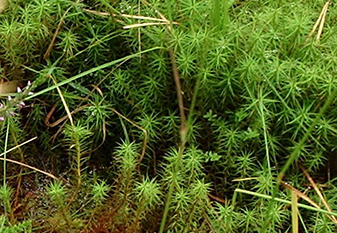
Bog Moss
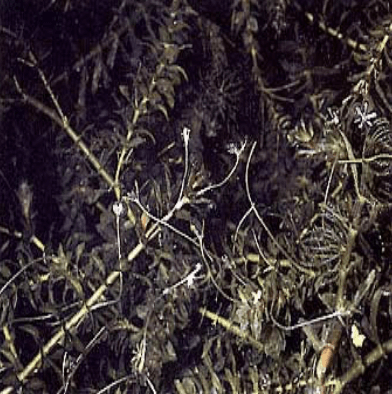
Pickerelweed
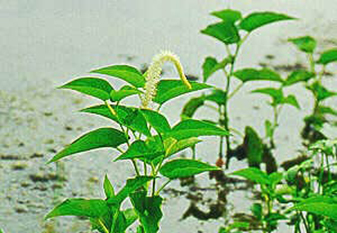
Lizard's Tail
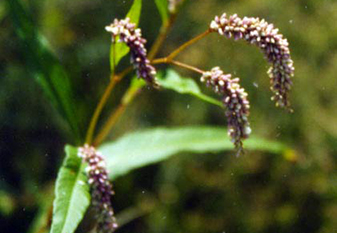
Smartweed
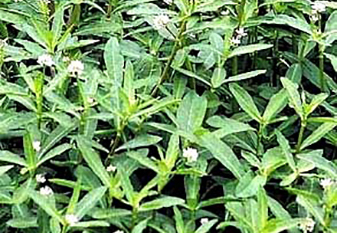
Alligatorweed
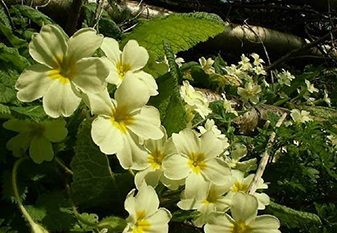
Primroses
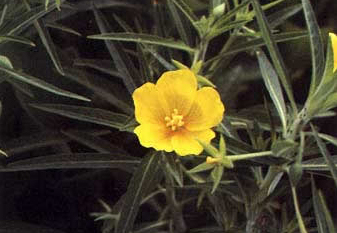
Water Primrose

(Water) Pennywort / Dollar Weed
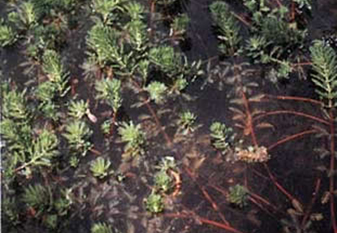
Parrot-feather
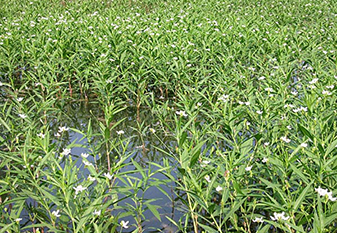
Water Willow
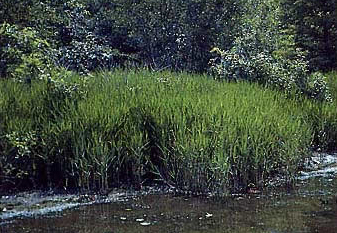
Maidencane
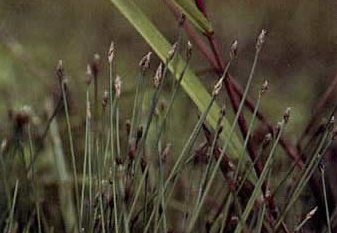
Spikerushes
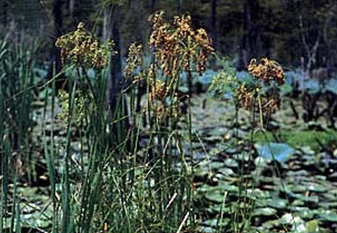
Bulrushes
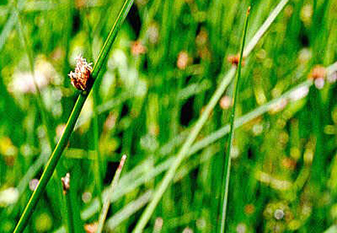
Rushes
Algae
The algae are single-celled or multi-celled plants that lack true supporting or conducting tissues. Many species are commonly called pond scum, moss, or slime. The algae are separated into several groups: plantonic algae is composed of single cells or small colonies and are usually free-floating or suspended in the water column giving a green, brown or even sometimes red color to the water. Filamentous algae is a multi-cellular algae whose cells are attached end to end to form long threads. Macrophytic algae, such as chara and nitella, are larger, multi-branched algae mimicking underwater weeds.
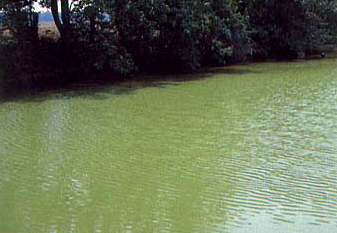
Planktonic Algae
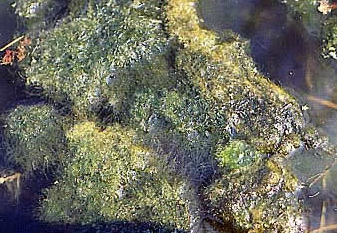
Filamentous Algae
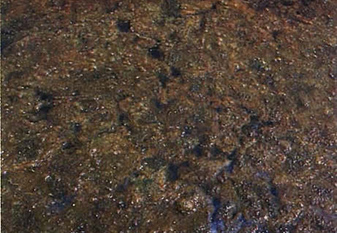
Lyngbya
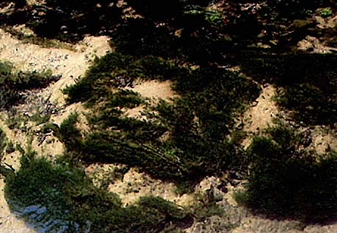
Chara
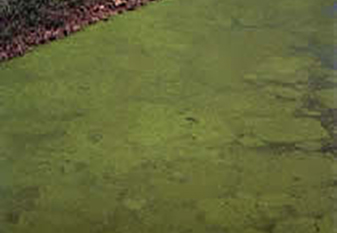
Euglena
To learn more about Aquatic Plants please click the button below
